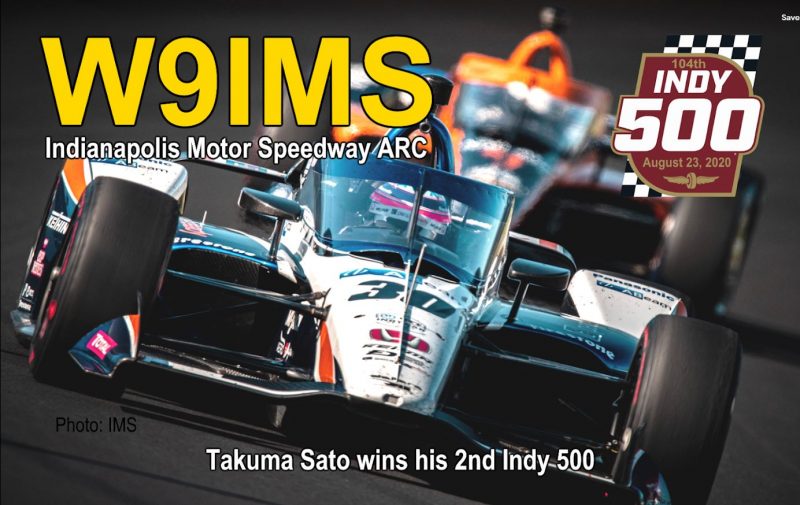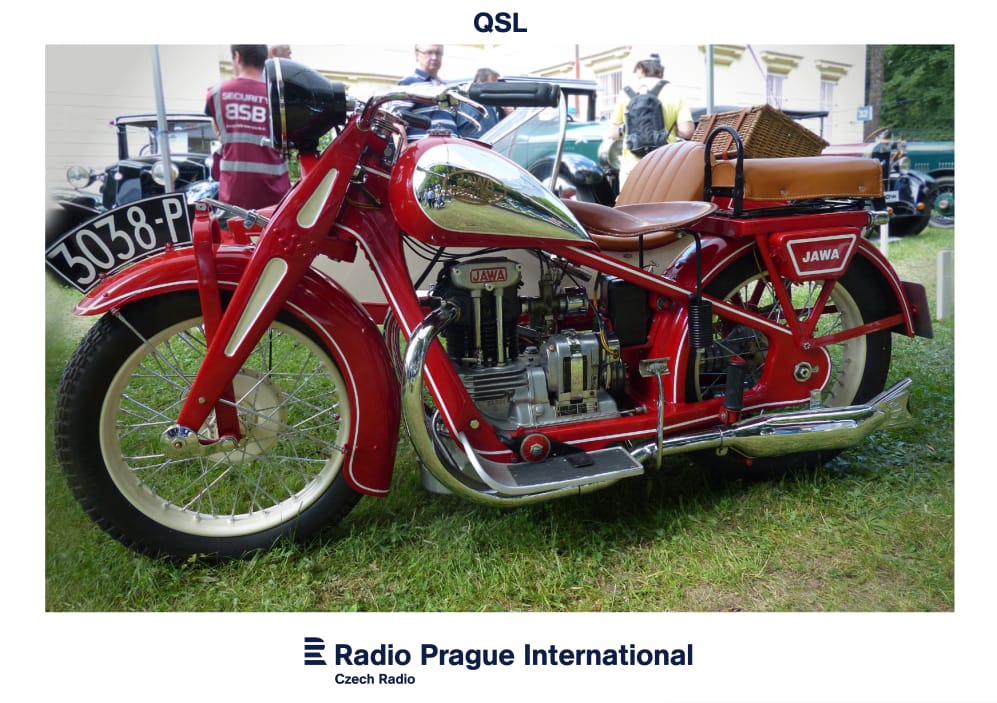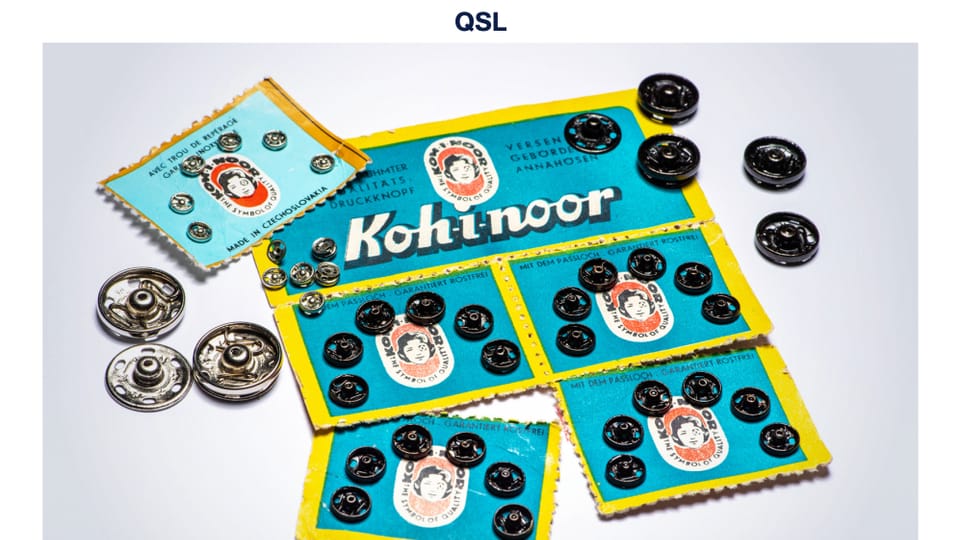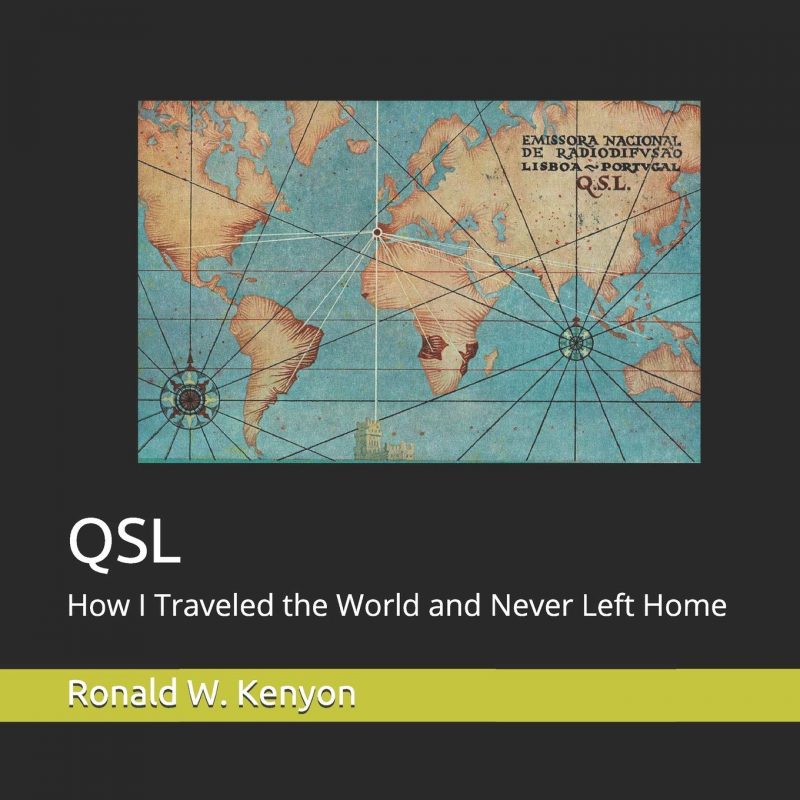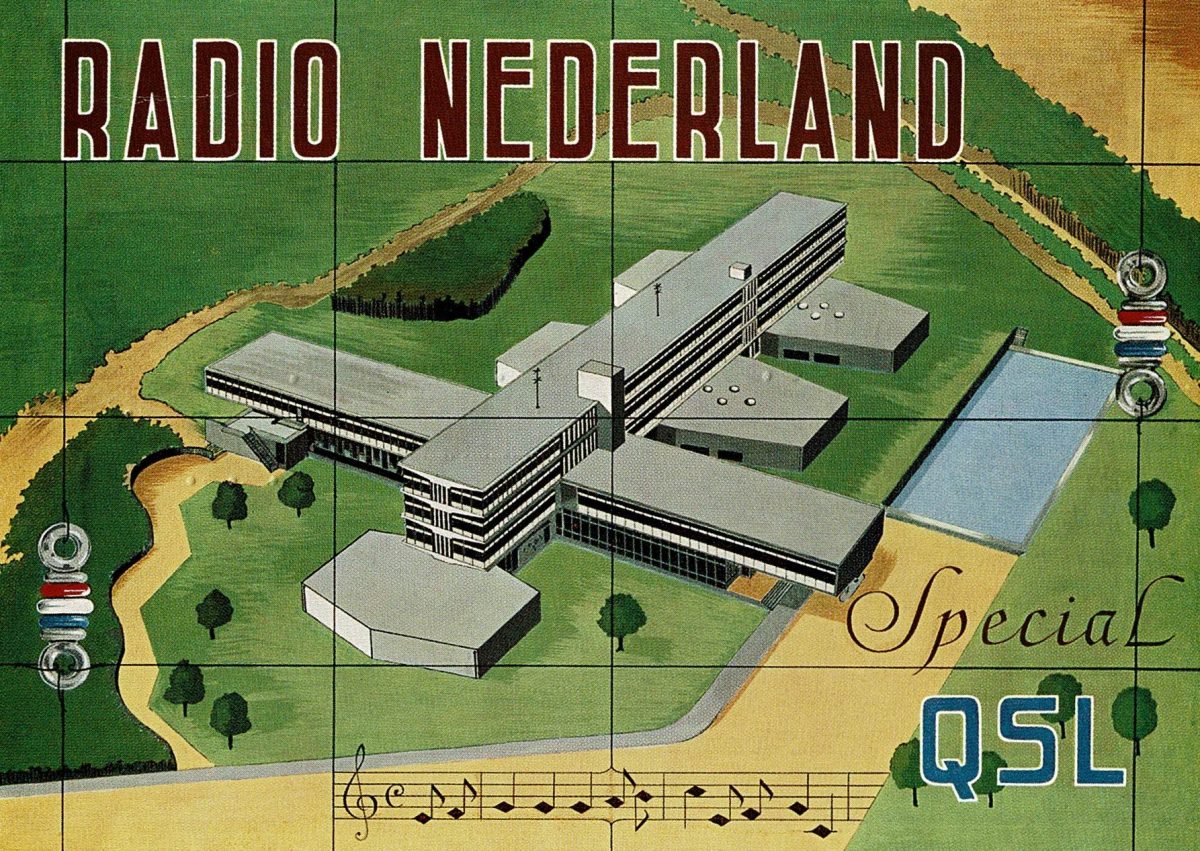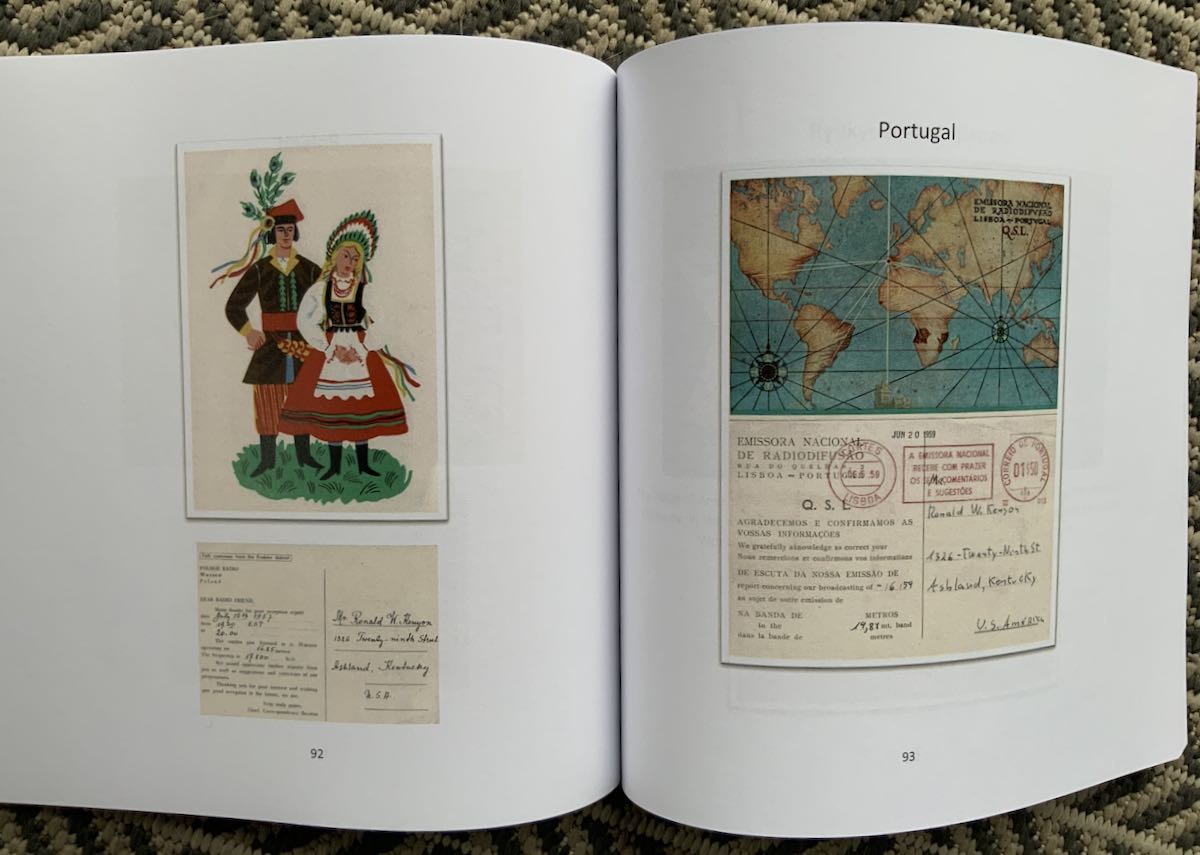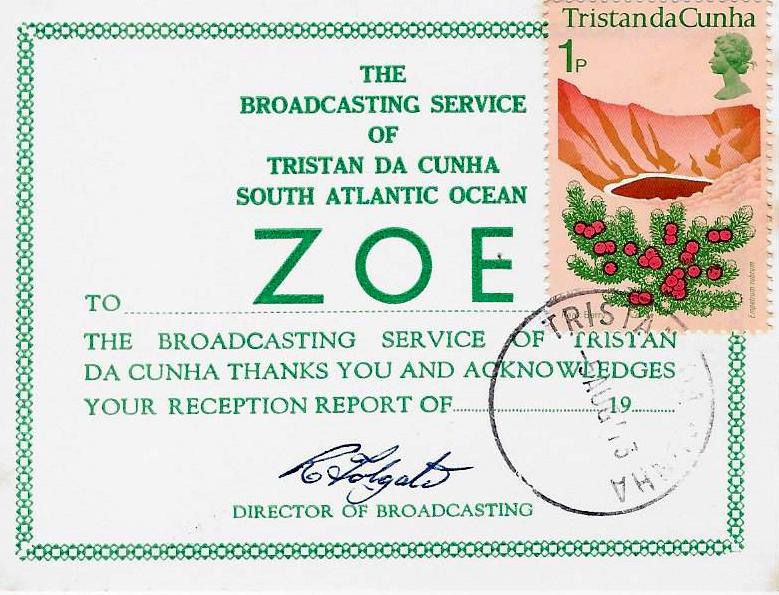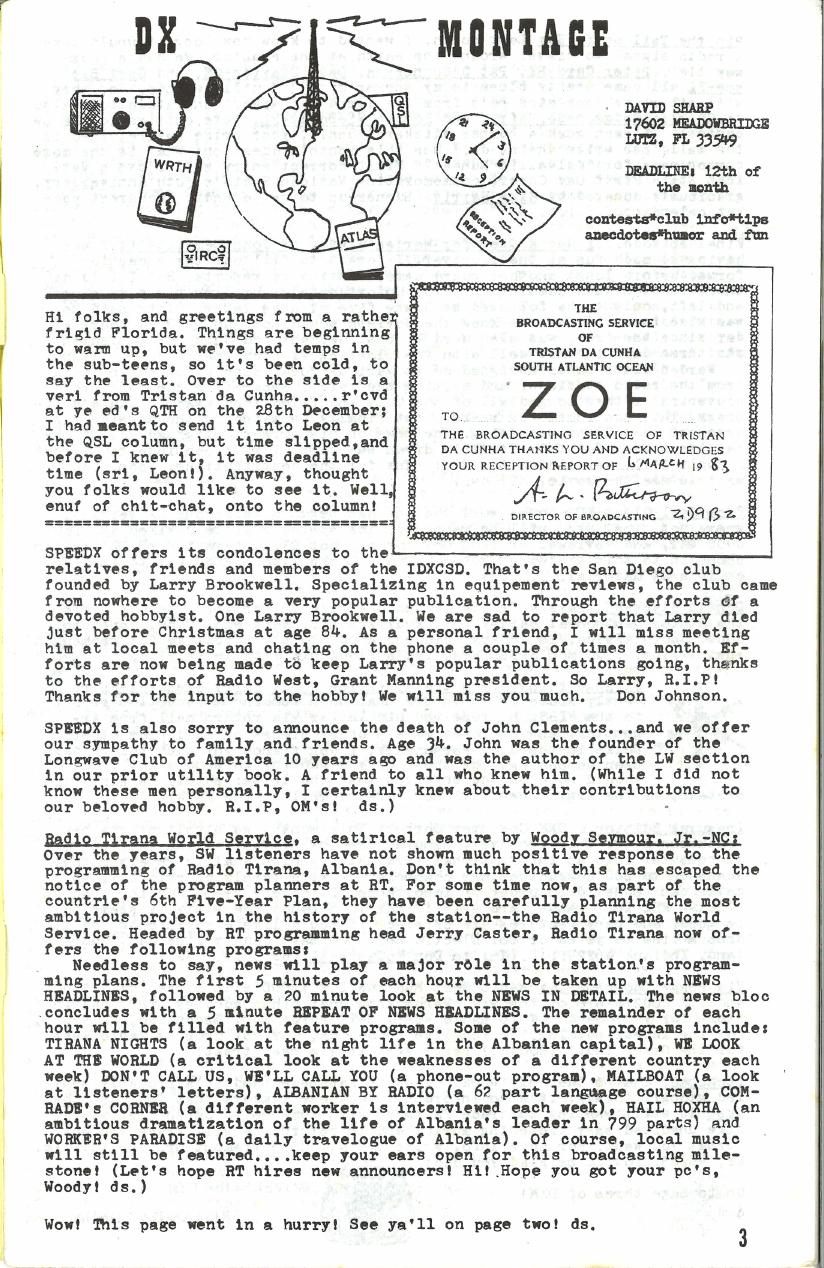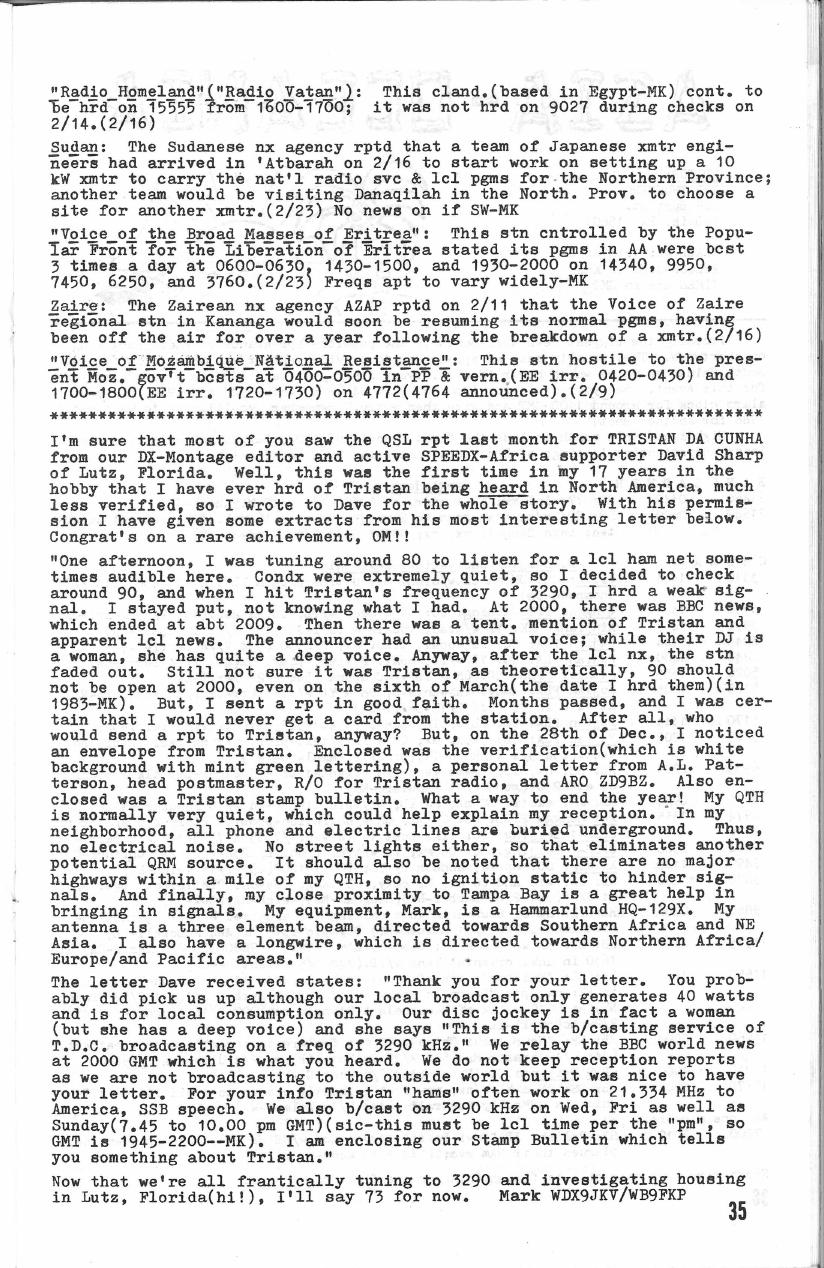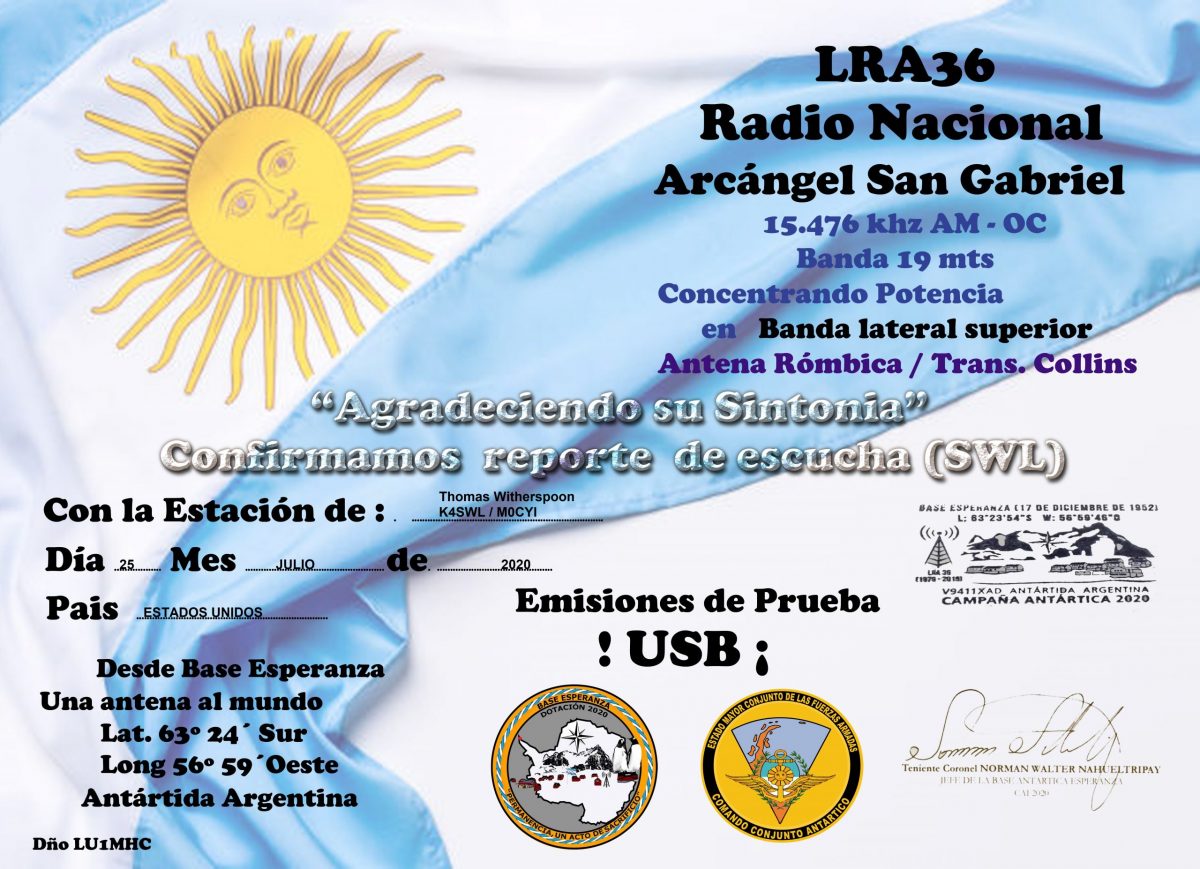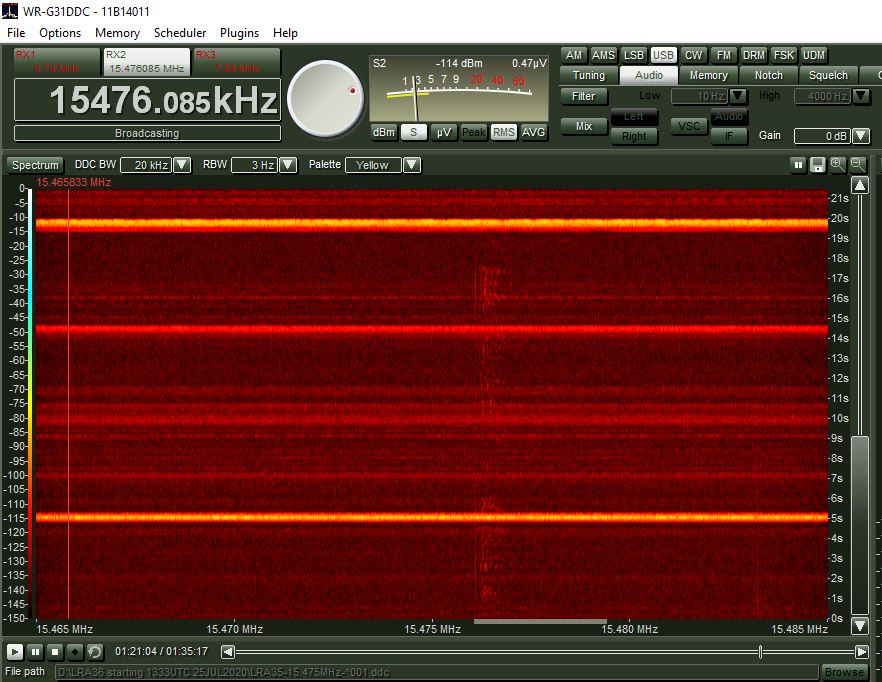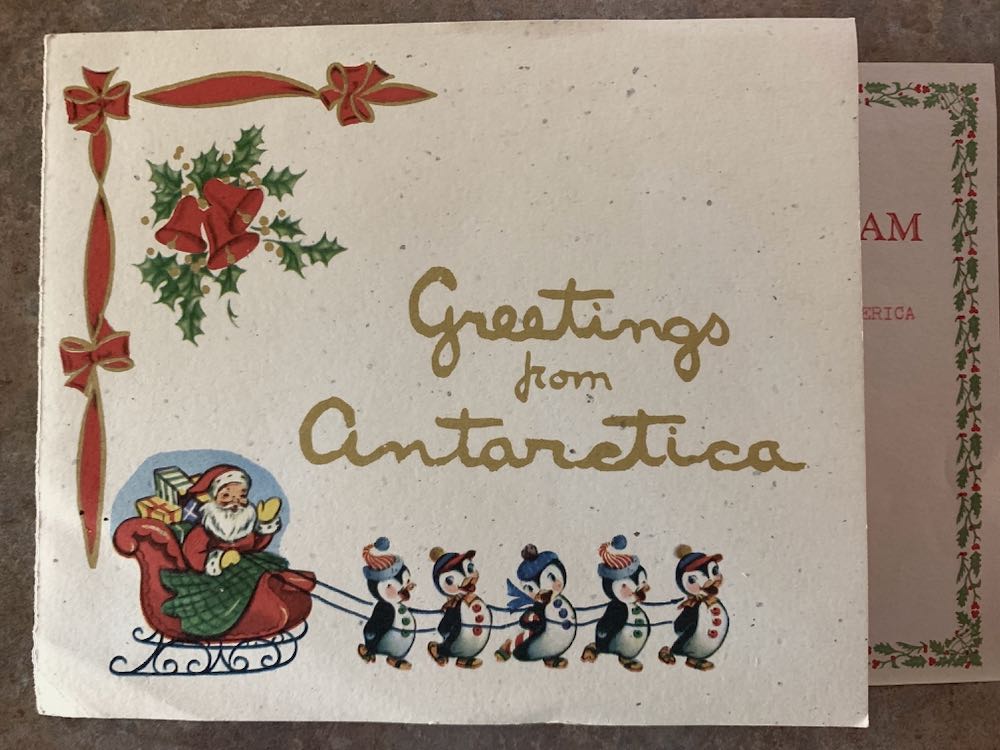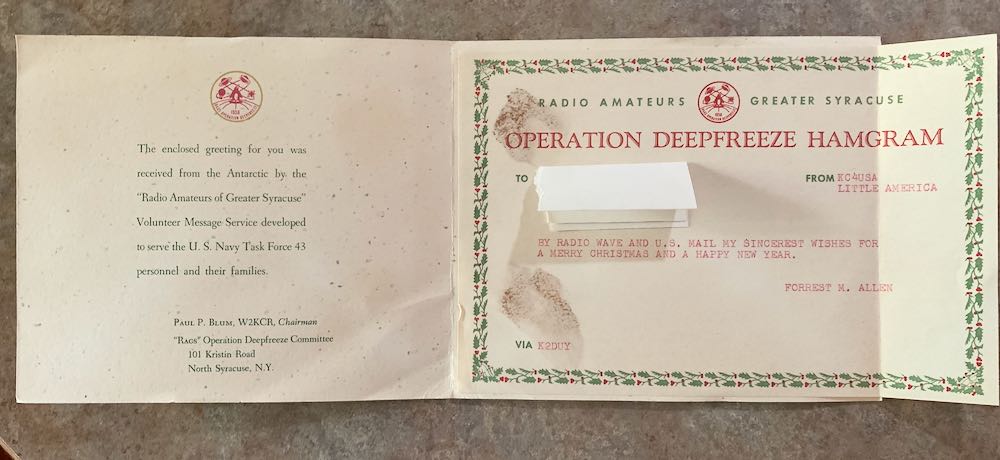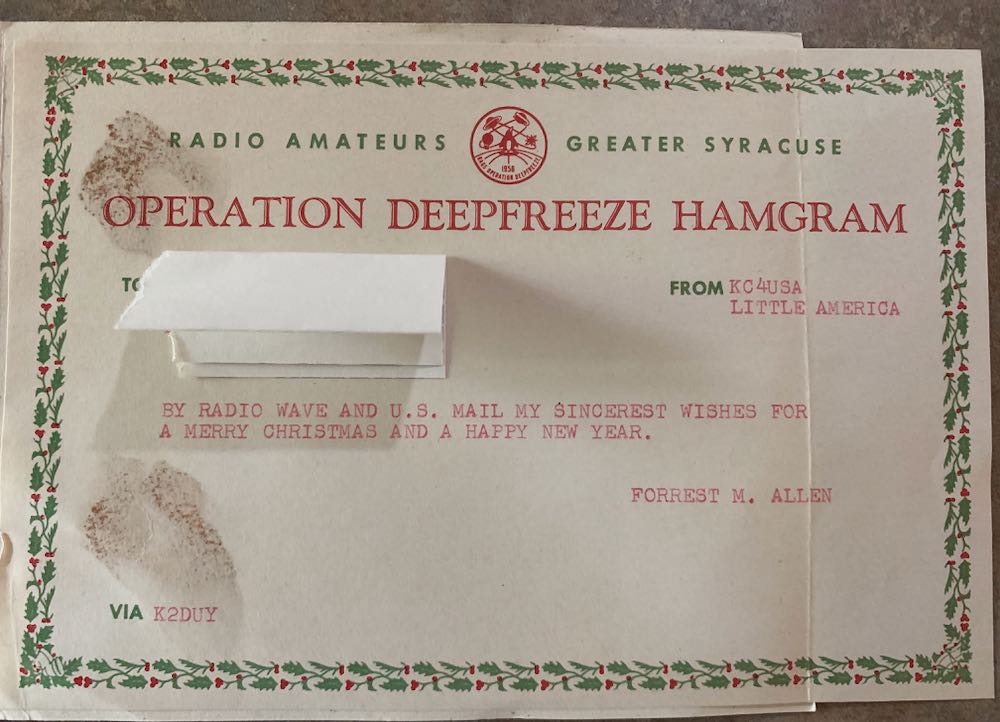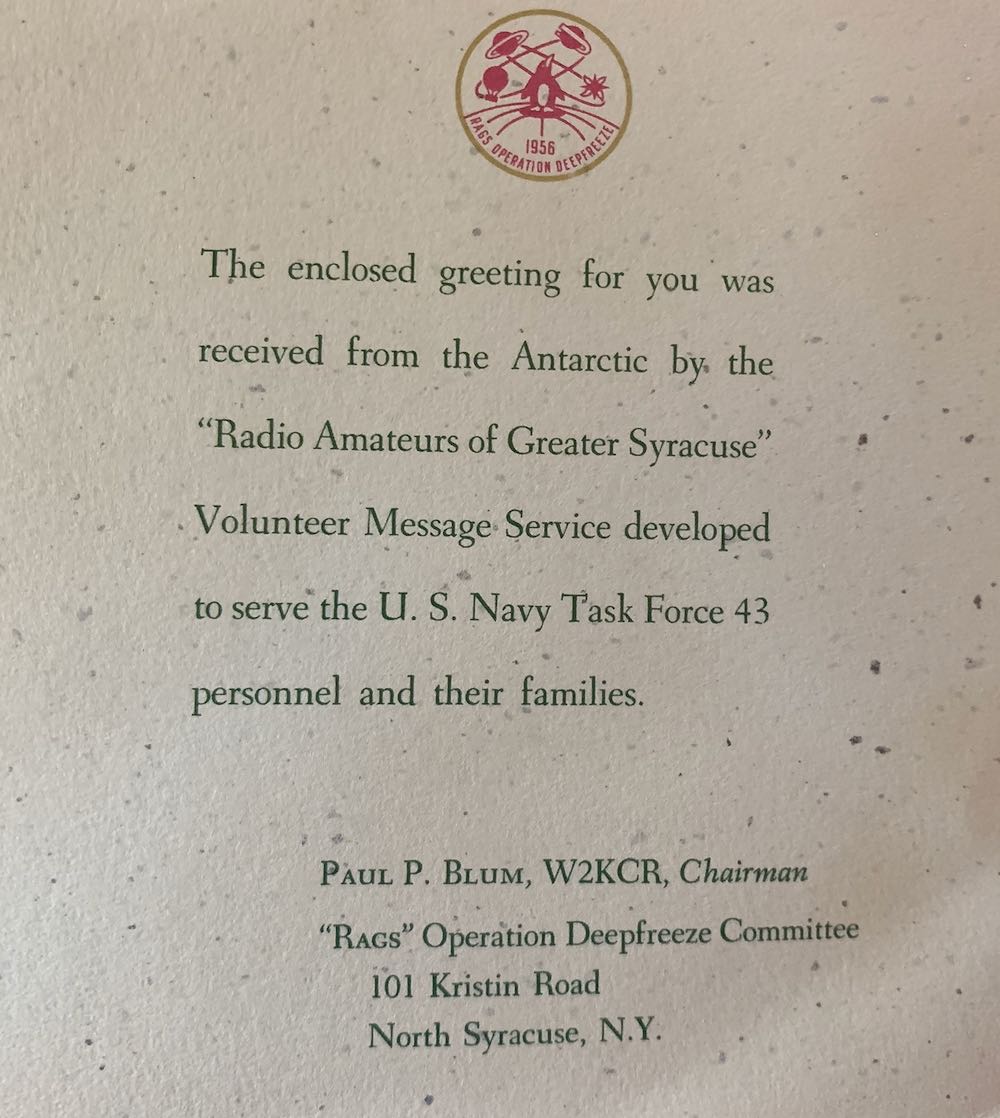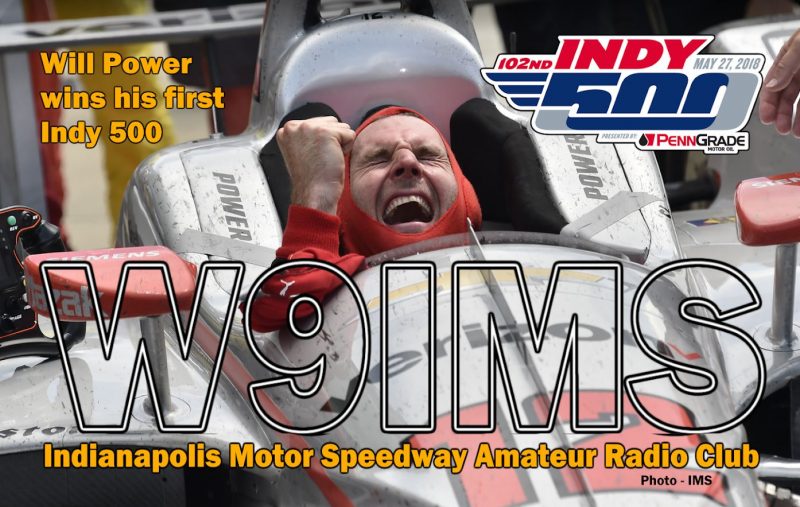Indy 500 Week Marks the Second W9IMS Special Event of 2021
By Brian D. Smith, W9IND
If you’re looking to add a 2021 Indy 500 QSL card to your collection, and perhaps a certificate as well, your odds of success just accelerated. From now through the end of Sunday, May 30 (Race Day), the Indianapolis Motor Speedway Amateur Radio Club will take to the airwaves with special event station W9IMS.
The station’s SSB signals will appear daily on 20 and 40 meters – usually on or around 7.245 and 14.245 MHz – and possibly on 80 meters (near 3.840 MHz) later in the evening.
The Indy 500 special event is the second of three W9IMS operations commemorating the major races at the Speedway – and comes only 9 days after the first, which honored the IndyCar Grand Prix. The third and final special event of 2021, which runs from Aug. 9-15, celebrates the NASCAR 400 at the Brickyard.
Both hams and SWLs are eligible for the newly designed 2021 W9IMS QSL cards and Checkered Flag Award. To earn the certificate, however, you must work (or tune in) W9IMS during all three of this year’s special events – and the first race has already come and gone. But even if you miss the clean sweep, you can still claim individual QSL cards from the last two races.
Tips on finding W9IMS:
- Check DX Summit (www.dxsummit.fi) for spots listing the current frequency or frequencies of W9IMS, if any. By typing “W9IMS” in the search box at upper right, you can customize it to show reports for only that station.
- Go to the W9IMS web page (www.w9ims.org) and look for the heading, “2021 Operating Schedule.” Click on the Indianapolis 500 link, which opens into a weeklong schedule listing individual operators and their reserved timeslots. Your odds of catching W9IMS on the air are enhanced during hours with an operator’s name attached.
- Prime time on weeknights is 6 to 10 p.m. Indy time (2200-0200 UTC). However, W9IMS can pop up anytime, even on two bands at once, between now and 11:59 p.m. Sunday, May 30 (0359 UTC Monday, May 31).
- Remember that the published schedule can be curtailed by adverse circumstances, such as noisy bands, local thunderstorms or a lack of calling stations.
- On the positive side, operators frequently fire up the station at unscheduled times. That’s why DX Summit is the best starting point for locating W9IMS’s current frequencies.

